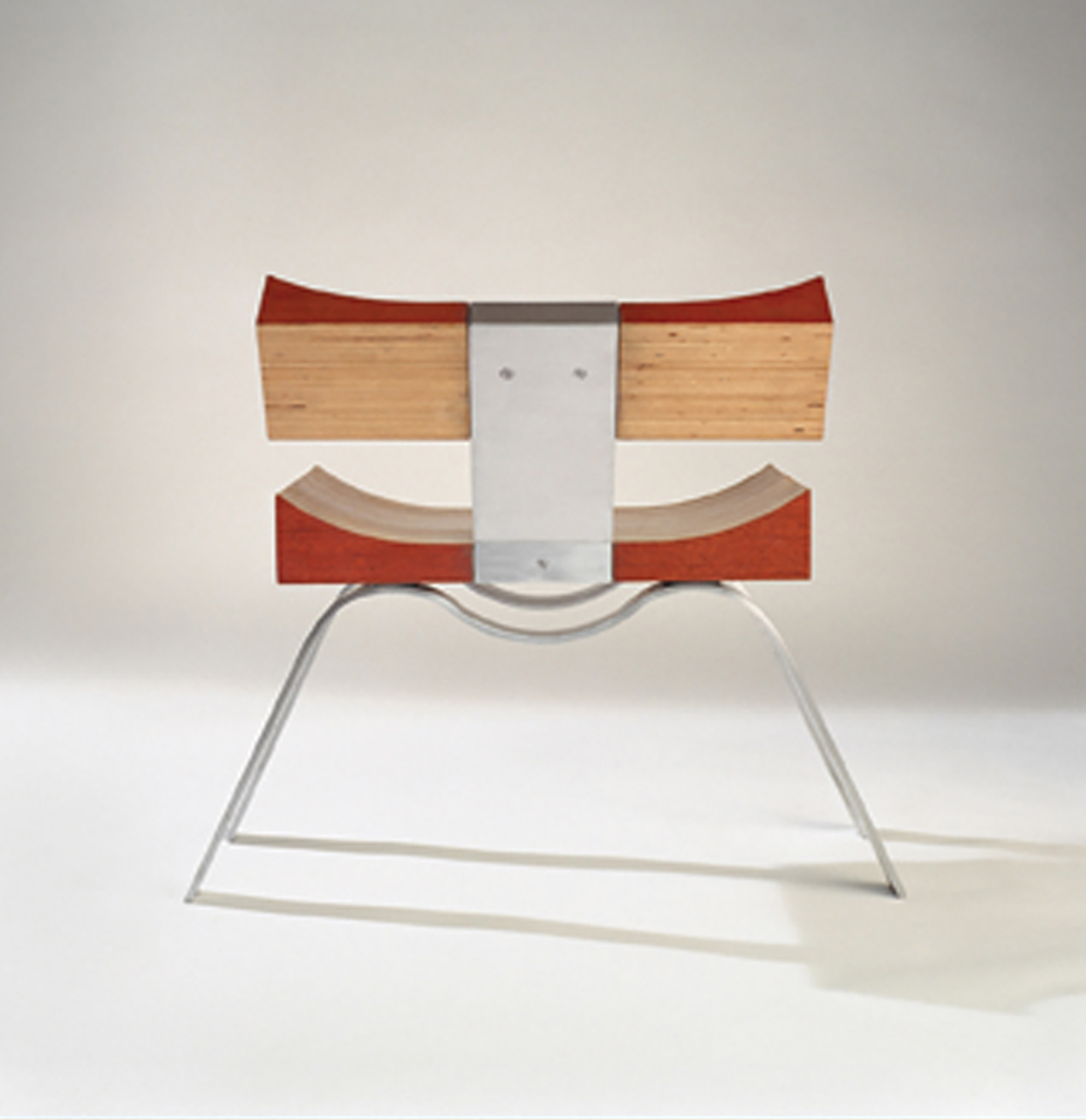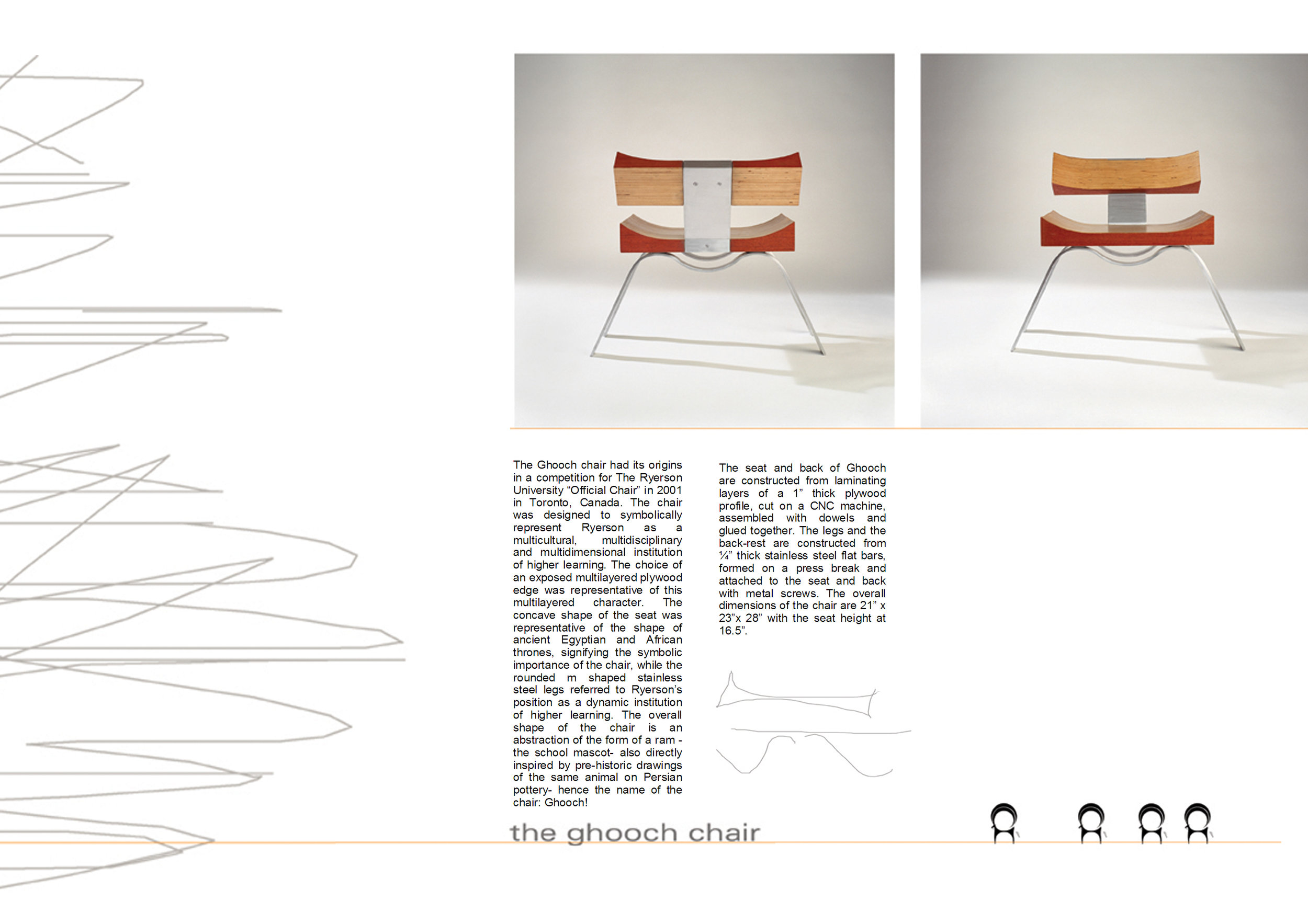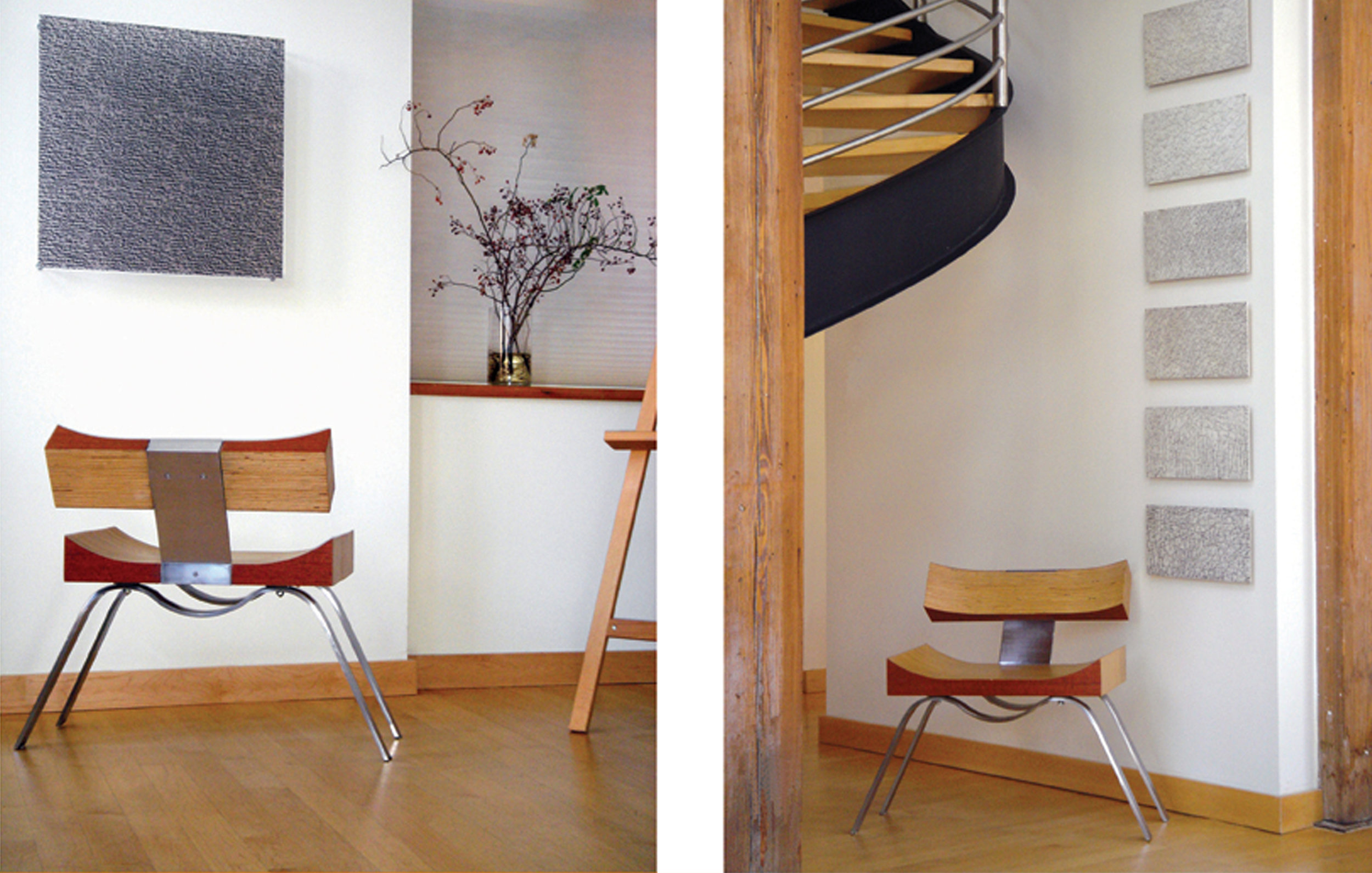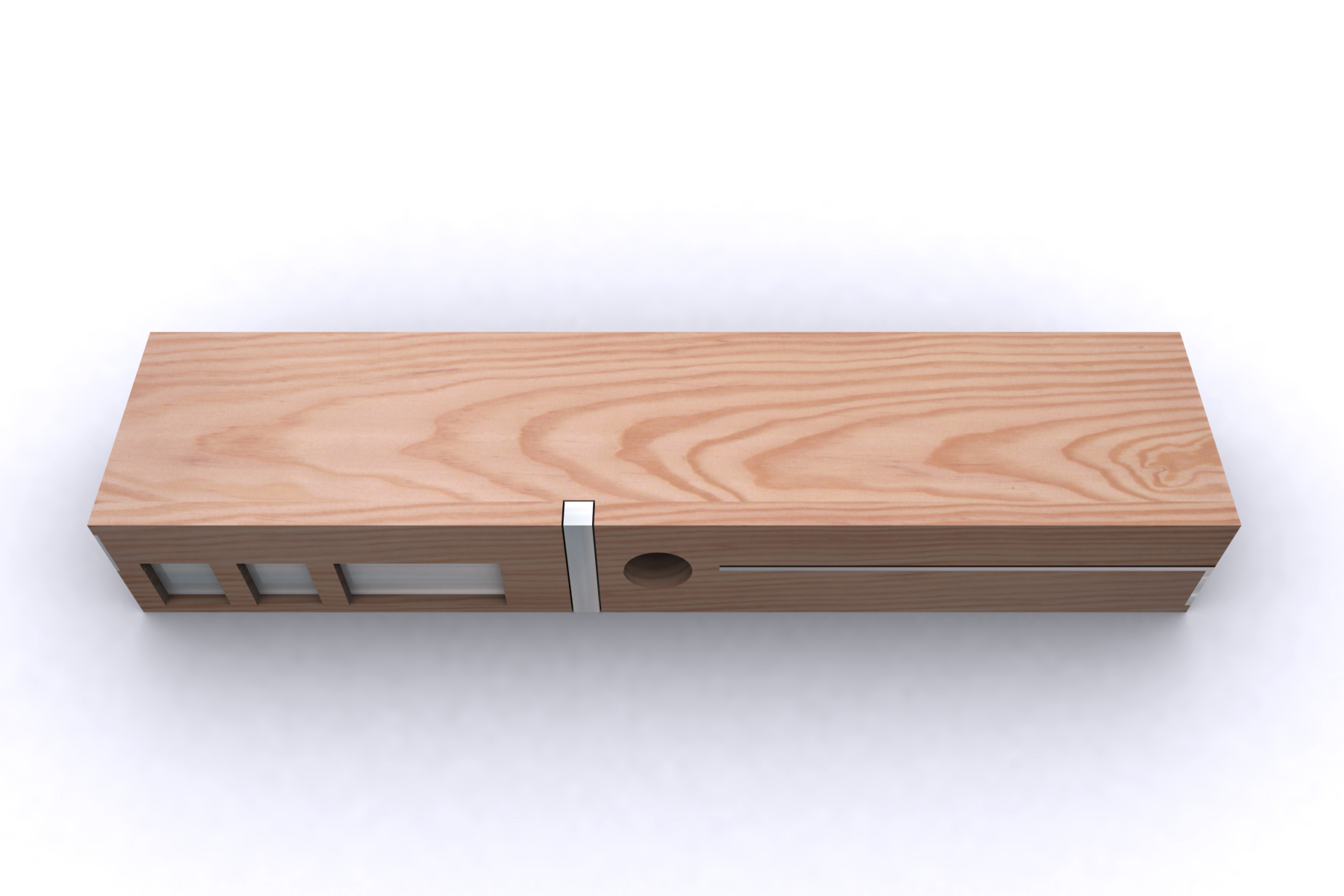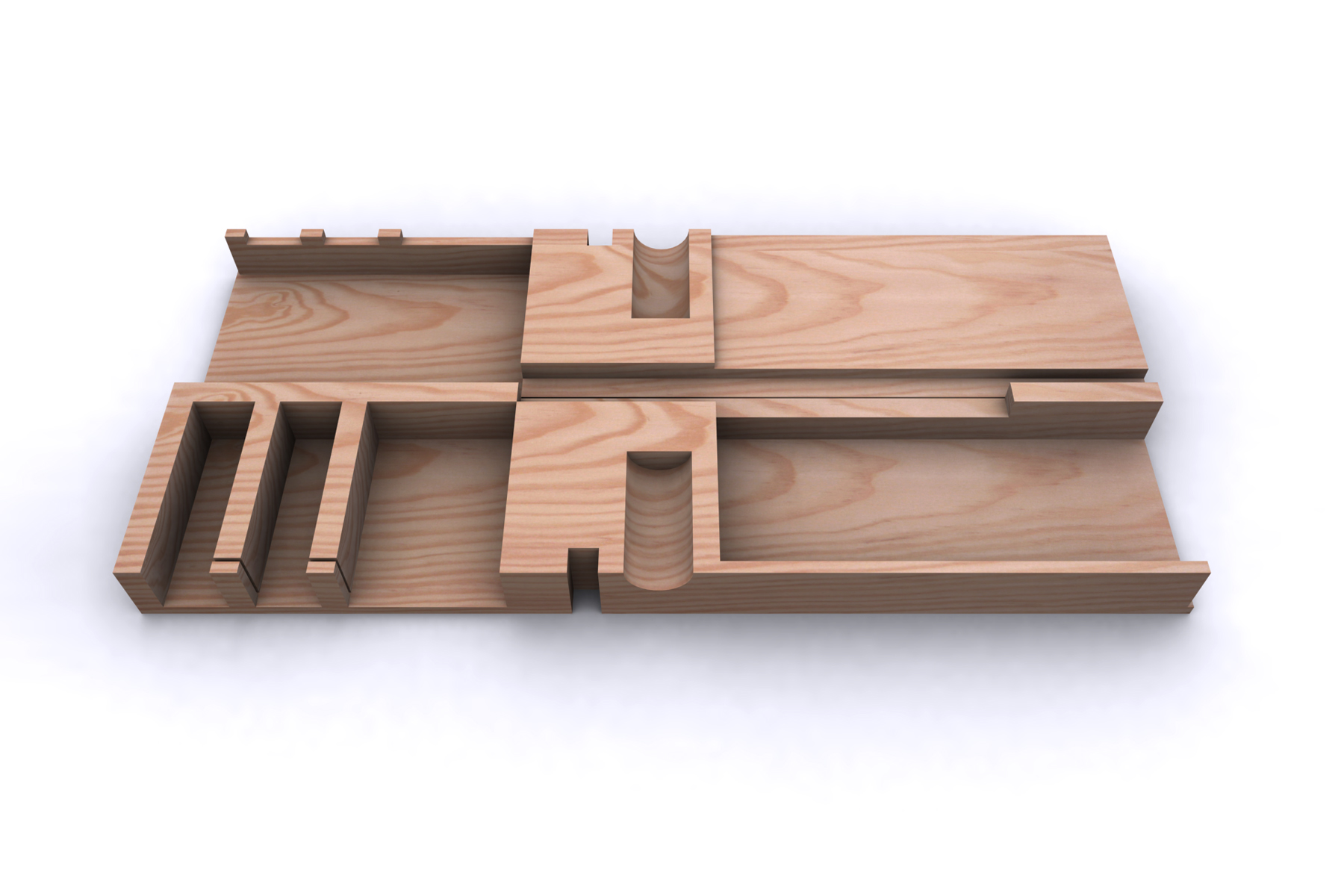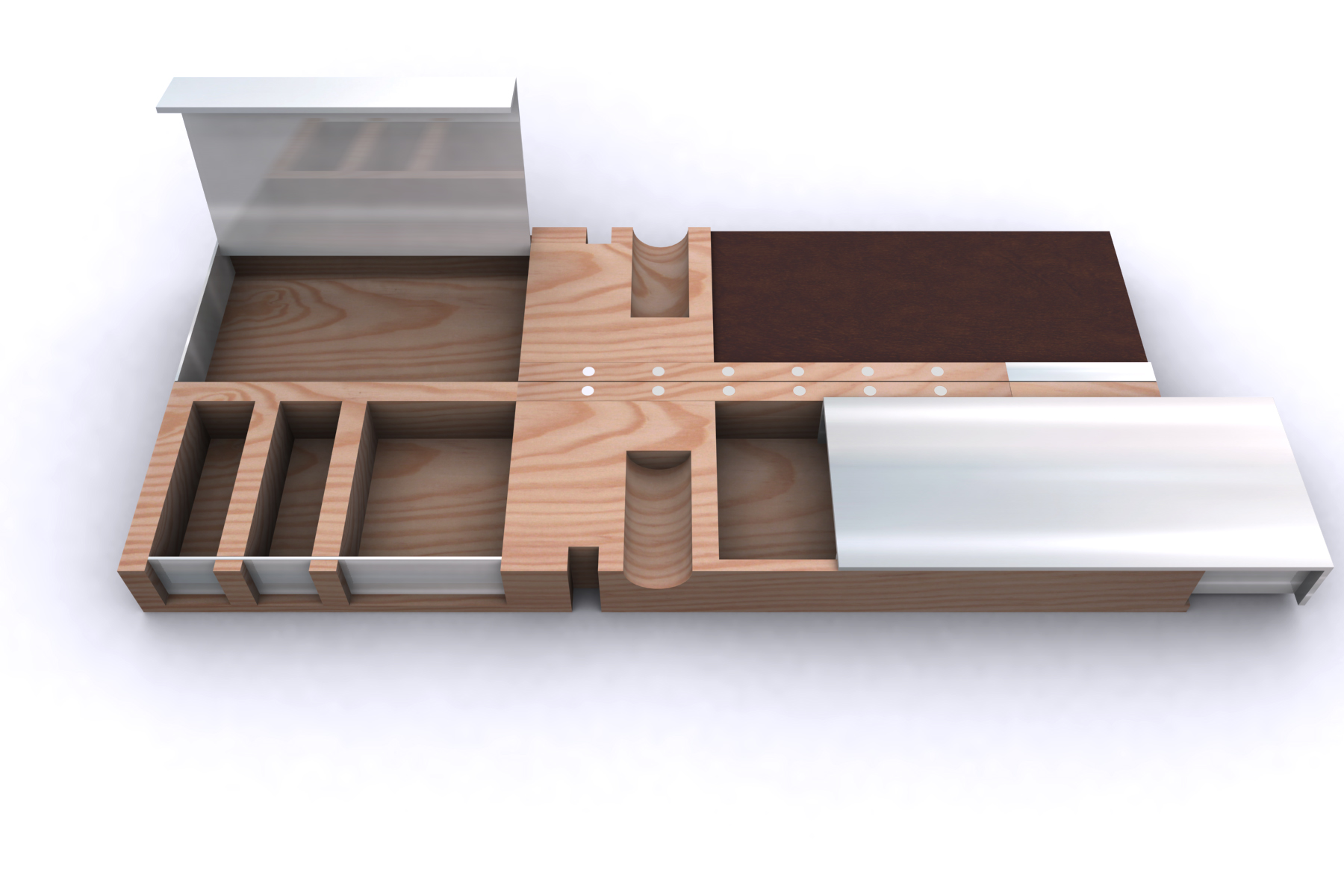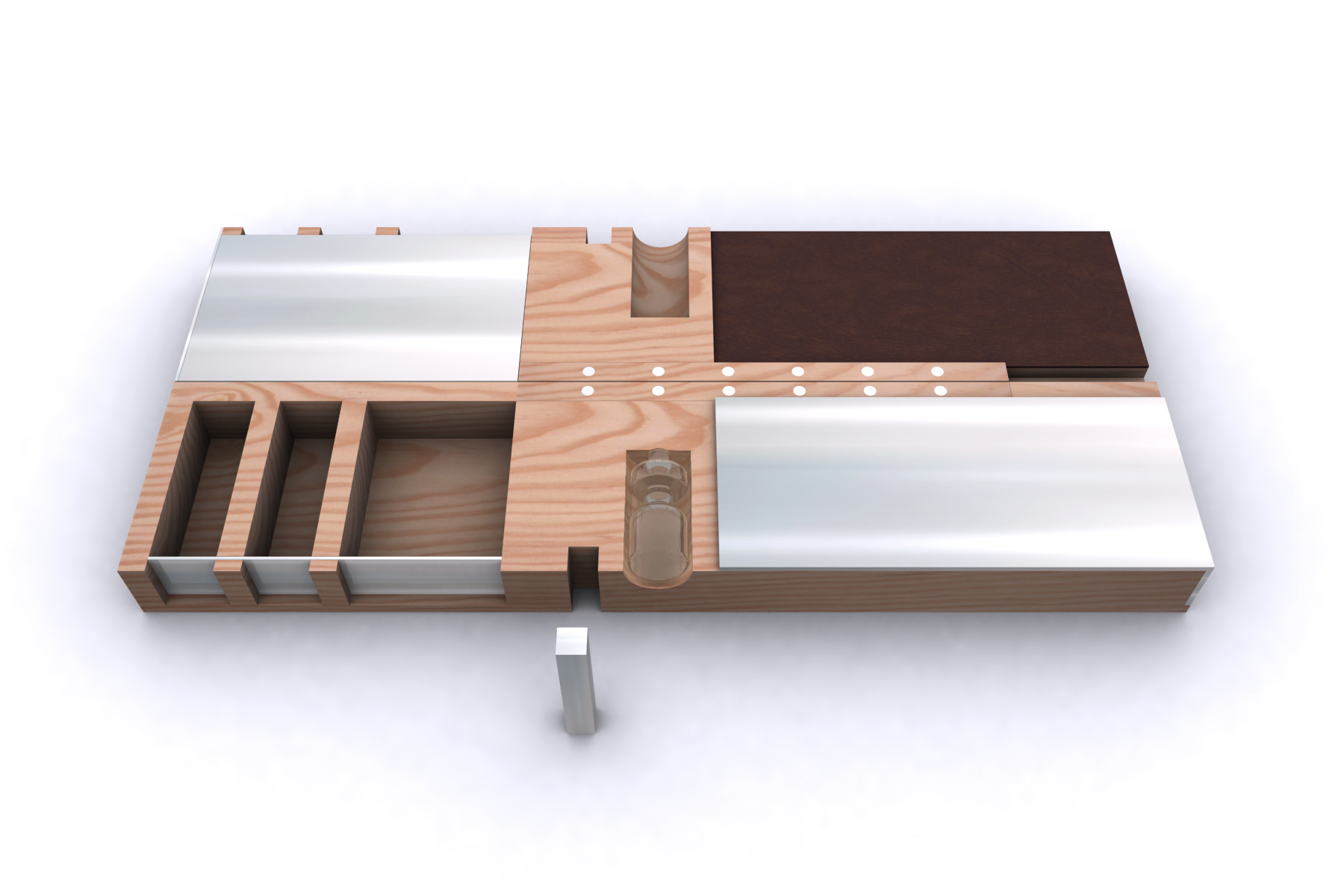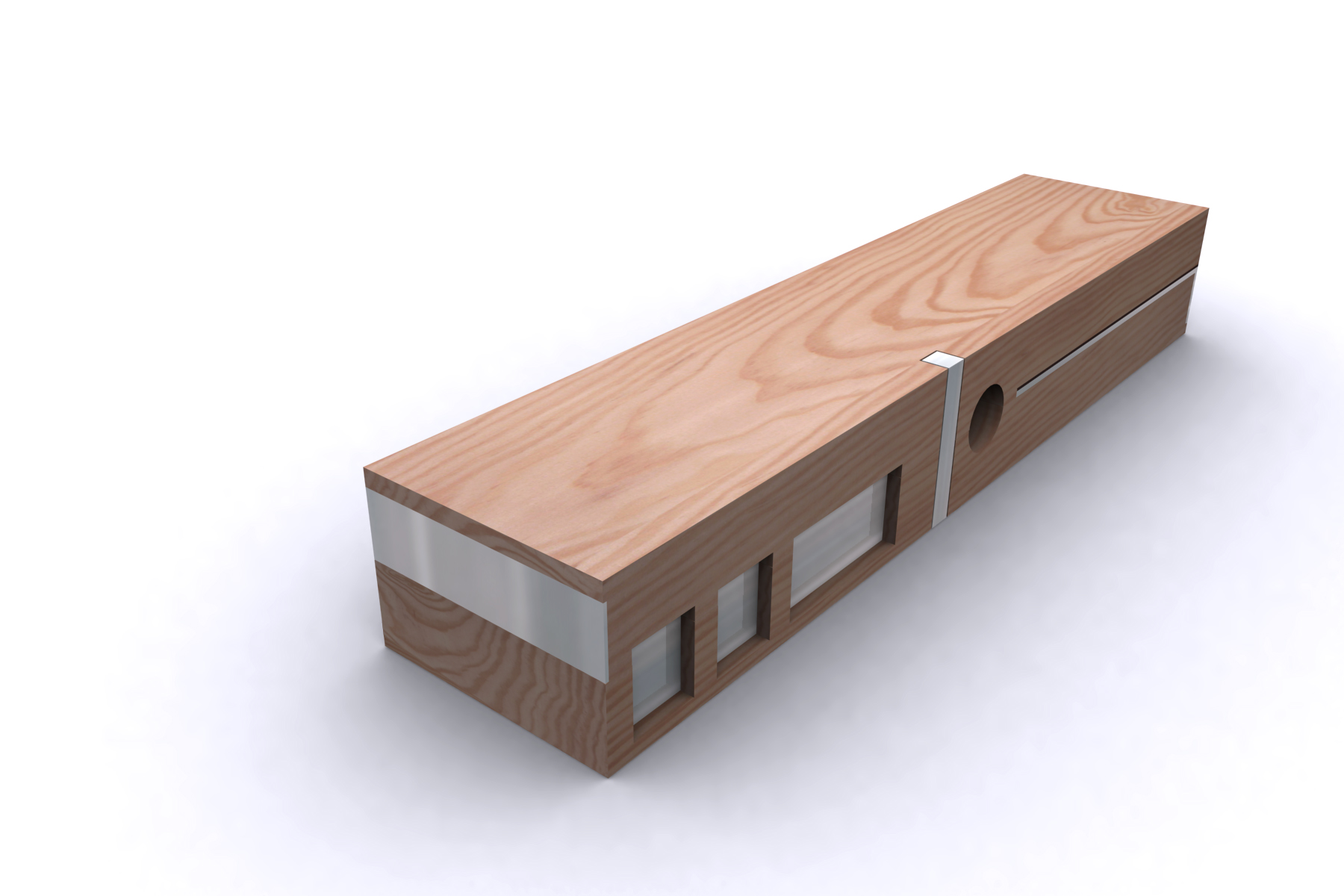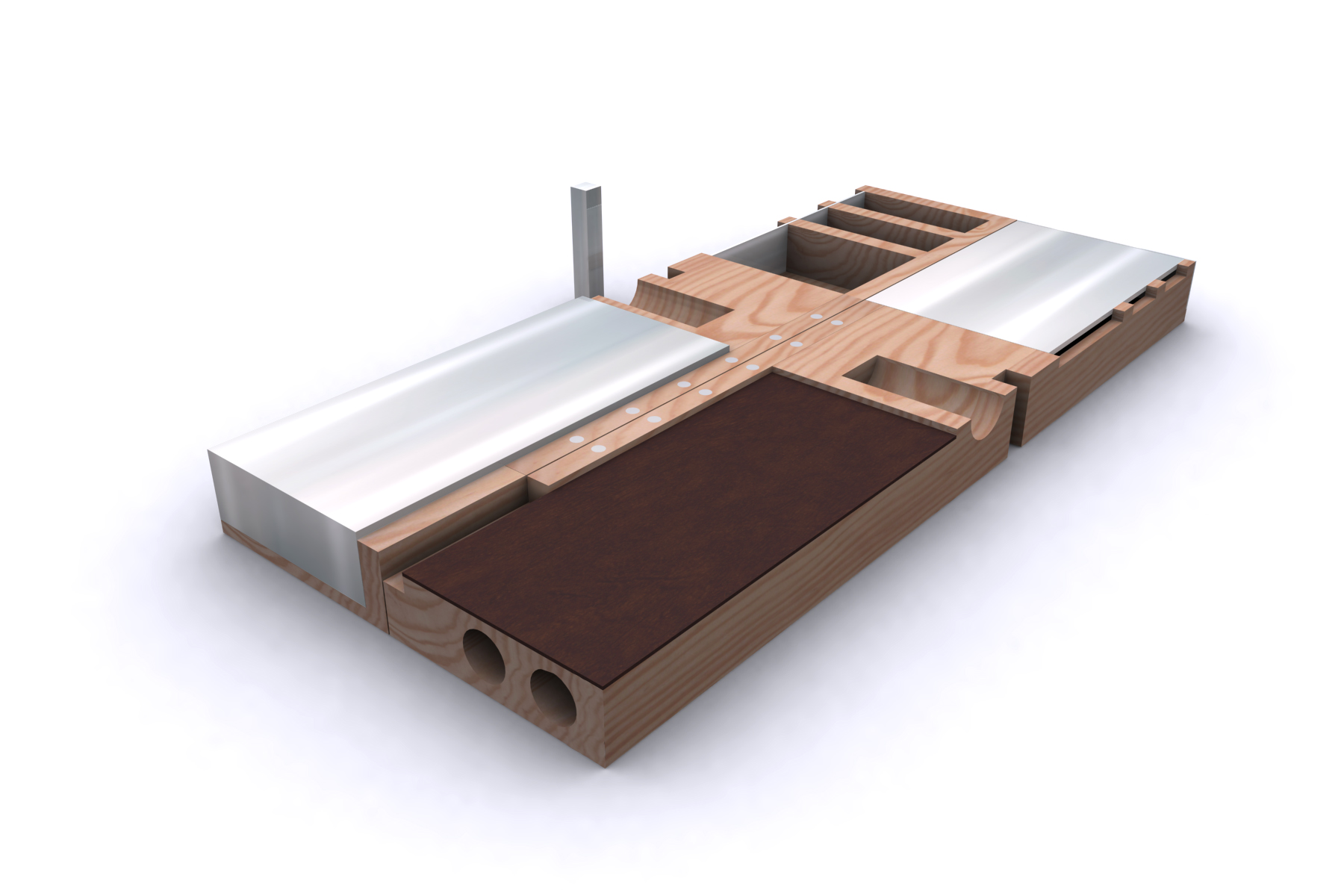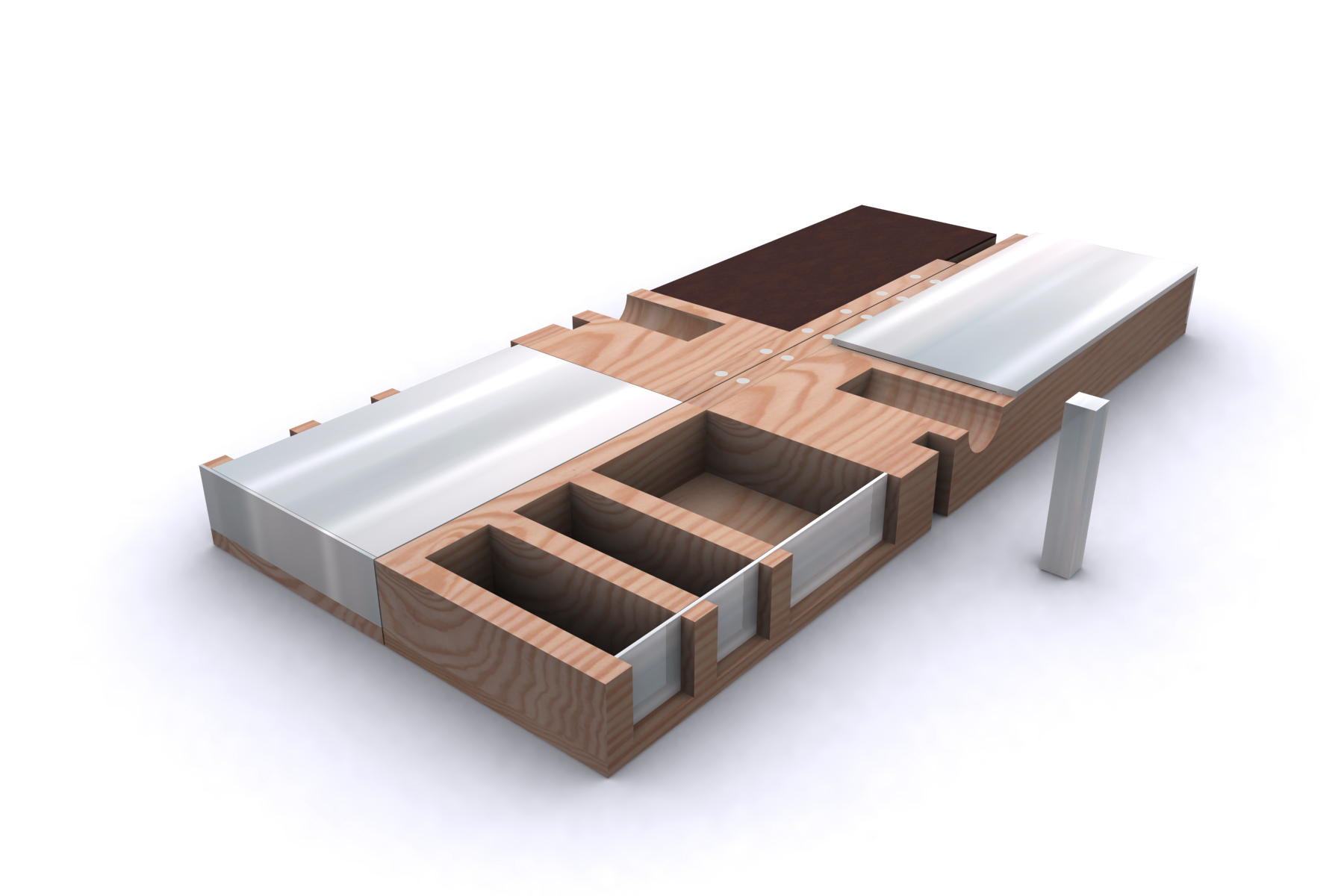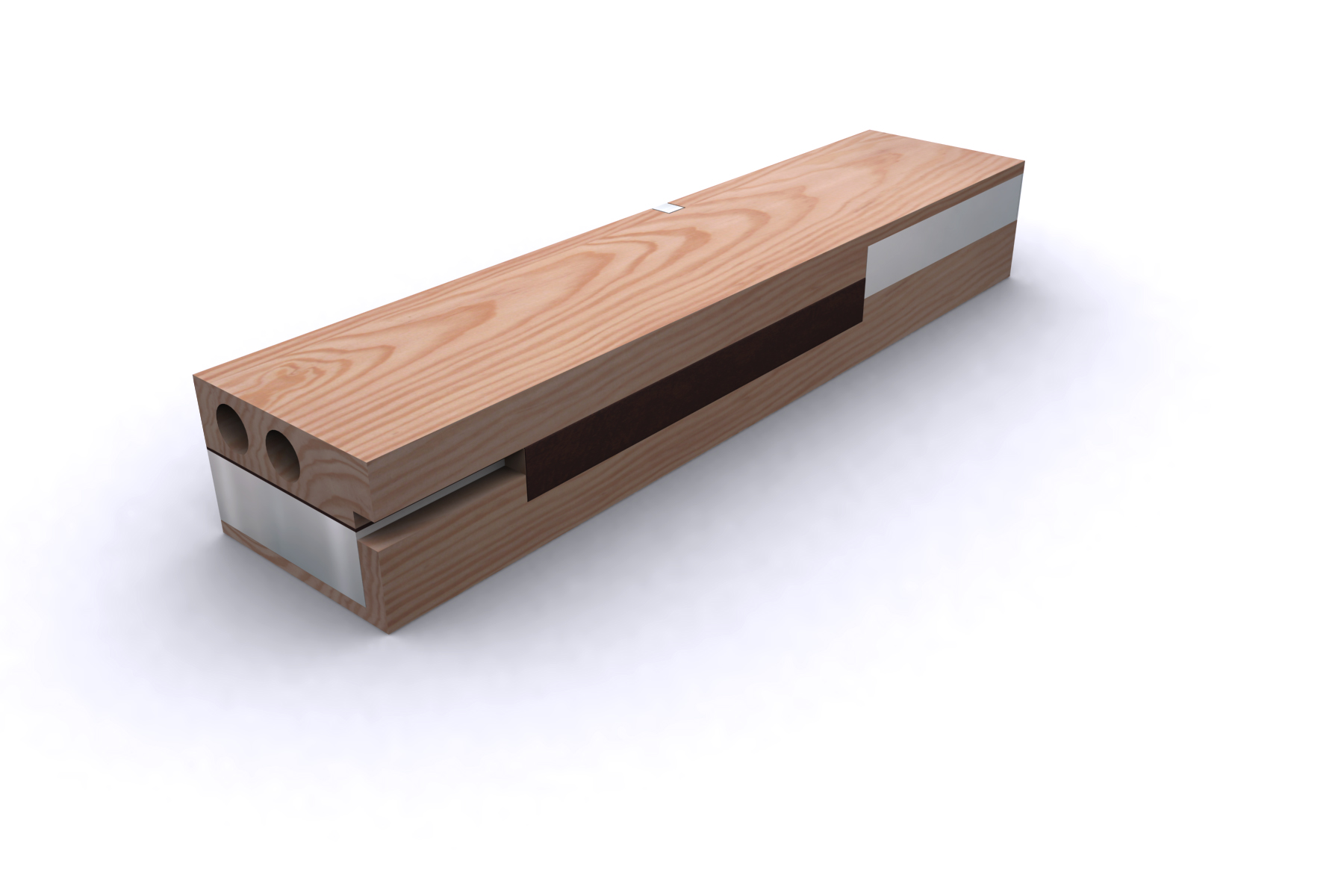Paridaiza Door Handle | Tehran - 2007
The design for this door handle, Paridaiza, (meaning an enclosed garden in ancient Iranian language) is based on various components of a Persian garden. Where, you might ask, commences the relation between a door handle and a Persian garden? Opening a glimpse into paradise (literally and etymologically) no imagery could be more appropriate. The word Paradise was coined after Paridaiza, the Old Persian word for an enclosed garden, which most closely resembled the experience of Eden on earth to the ancient people. The Persian garden, dating back thousands of years, is rich with formal qualities. This garden imagery has been the source of much of the architectural ornamentation and detailing of the building arts throughout the ages. A door handle that represents both conceptually, and figuratively, such a rich design lineage can find a remarkable place in the architecture that still exists in that ancient spirit - whether “traditional” or “modern” in its image. For the sake of this design, I have chosen three elements of this garden type: The fountain basin with its undulating walls as the rosette, the fountain shaft as the part of the handle that receives the spindle and the venerable ancient cypress tree as the handle’s lever itself. Together they complete the secret combination that is the door to paradise.

